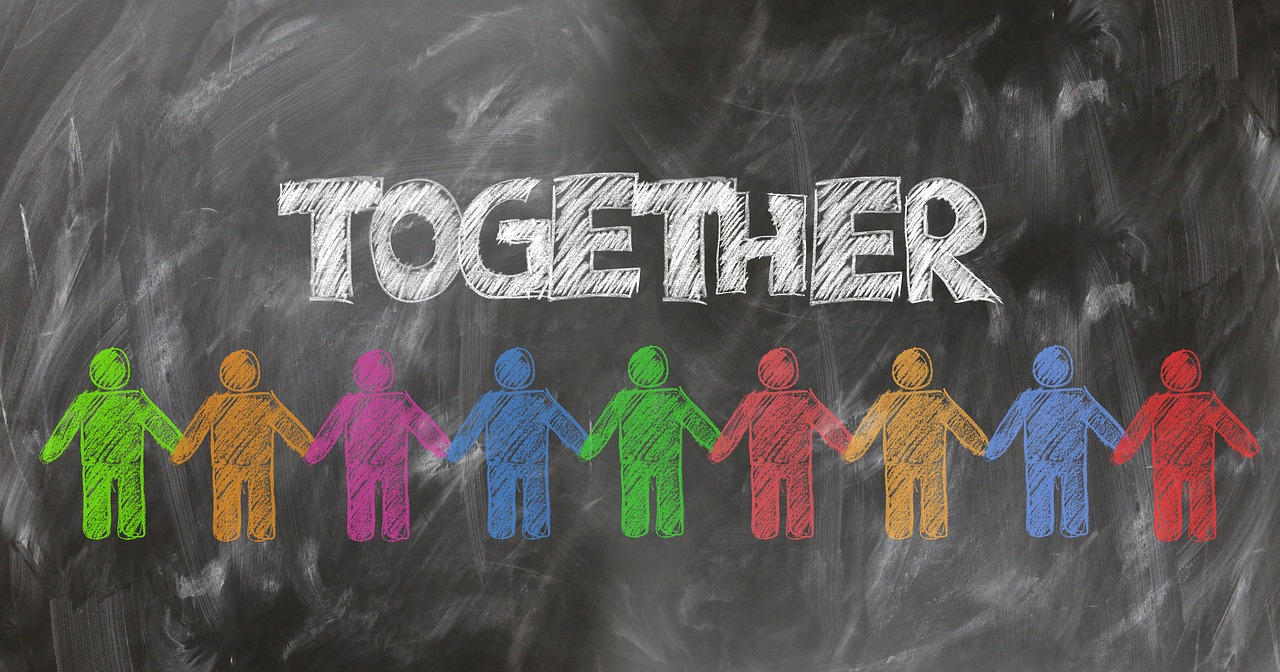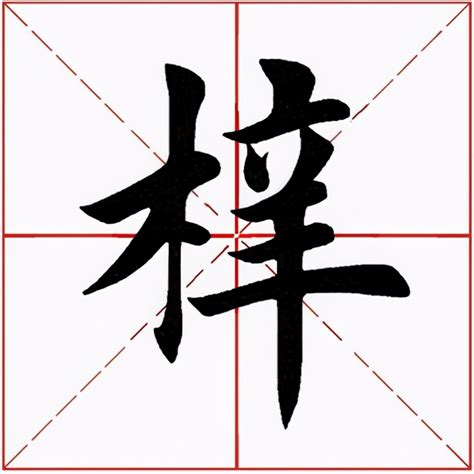The Vibrant Essence of Jinjiang:A Glimpse into the Cultural Tapestry of Traditional Painting
Introduction
Jinjiang, a city steeped in history and rich in cultural heritage, is a treasure trove of artistic expressions. Among its many cultural gems, the traditional painting of Jinjiang stands out as a unique and vibrant form of art that reflects the essence of the region's identity. This article delves into the distinctive features of Jinjiang's cultural painting, exploring its historical roots, stylistic elements, and the stories it tells about the people and their way of life.
Historical Context
Jinjiang's cultural painting has its roots in the rich history of the region, which dates back to the Tang Dynasty. Over the centuries, the art form has evolved, reflecting the changes in society, culture, and the natural environment. The paintings often depict scenes from daily life, historical events, and folklore, serving as a visual chronicle of the region's past.
Stylistic Elements
The style of Jinjiang cultural painting is characterized by its use of bold colors, intricate details, and a strong narrative quality. The artists often employ a combination of realism and symbolism to convey the essence of the scenes they depict. Here are some of the key stylistic elements that define Jinjiang's cultural painting:
1、Color Palette: The use of vibrant colors is a hallmark of Jinjiang's cultural painting. Artists often use a wide range of hues to create a sense of energy and dynamism in their work. The colors are not only aesthetically pleasing but also carry symbolic meanings, reflecting the emotions and themes of the paintings.
2、Line and Brushwork: The brushwork in Jinjiang's cultural painting is characterized by its fluidity and precision. Artists use a variety of strokes to create texture and depth, from fine, delicate lines for detailing to bold, sweeping strokes for larger forms. This technique allows for a rich interplay of light and shadow, adding to the visual appeal of the paintings.
3、Composition: The composition of Jinjiang's cultural paintings is often complex, with multiple elements arranged in a harmonious manner. Artists pay great attention to the balance between positive and negative space, ensuring that each element contributes to the overall narrative and visual impact of the painting.
4、Symbolism: Symbolism plays a significant role in Jinjiang's cultural painting. Artists often incorporate elements that carry cultural, historical, or spiritual significance. For example, certain animals, plants, and objects may represent specific virtues, beliefs, or aspects of the natural world.
Cultural Significance
The cultural painting of Jinjiang is not just an art form; it is a reflection of the region's soul. It captures the spirit of the people, their traditions, and their connection to the land. Here are some of the ways in which these paintings hold cultural significance:
1、Preserving Traditions: Jinjiang's cultural paintings serve as a means of preserving the region's rich traditions and customs. By depicting scenes from daily life, festivals, and rituals, these paintings provide a visual record of the practices and beliefs that have been passed down through generations.
2、Storytelling: The narrative quality of Jinjiang's cultural paintings makes them an effective medium for storytelling. Artists often use their work to recount local legends, historical events, and moral lessons, making the paintings a valuable source of cultural knowledge and wisdom.
3、Expression of Identity: The paintings also serve as a means of expressing the region's identity. By showcasing the unique aspects of Jinjiang's culture, landscape, and history, these paintings help to foster a sense of pride and belonging among the people.
4、Social Commentary: Jinjiang's cultural paintings can also be a form of social commentary. Artists may use their work to address contemporary issues, such as environmental concerns or social inequalities, by drawing on historical and cultural references.
Contemporary Developments
While Jinjiang's cultural painting has its roots in traditional techniques and themes, it is also evolving to reflect contemporary sensibilities. Modern artists are experimenting with new materials, styles, and subject matter, while still honoring the essence of the traditional art form. Here are some of the ways in which Jinjiang's cultural painting is adapting to the modern era:
1、Fusion with Modern Art: Some artists are blending traditional Jinjiang painting techniques with modern art styles, such as abstract expressionism or pop art. This fusion creates a unique visual language that speaks to both the past and the present.
2、Use of New Media: Digital technology has opened up new possibilities for Jinjiang's cultural painters. Artists are now able to create digital paintings that maintain the traditional aesthetic while reaching a wider audience through online platforms.
3、Environmental Awareness: As environmental issues become increasingly important, some artists are using their work to raise awareness about the need for conservation and sustainable living. This reflects a growing consciousness among the people of Jinjiang about their impact on the natural world.
4、Global Influence: Jinjiang's cultural painting is also gaining international recognition. Exhibitions and cultural exchanges have introduced the art form to a global audience, fostering cross-cultural dialogue and appreciation.
Conclusion
Jinjiang's cultural painting is a living testament to the region's rich history and vibrant spirit. It is an art form that continues to evolve, reflecting the changing times while staying true to its roots. As we celebrate the unique beauty and depth of Jinjiang's cultural painting, we also recognize its importance in preserving and promoting the region's cultural heritage. By understanding and appreciating these paintings, we gain a deeper insight into the soul of Jinjiang and the enduring legacy of its people.











